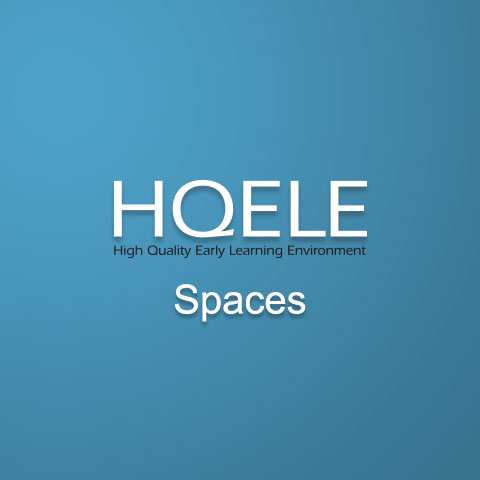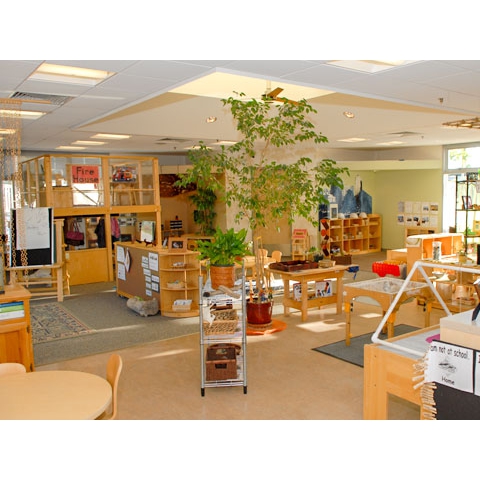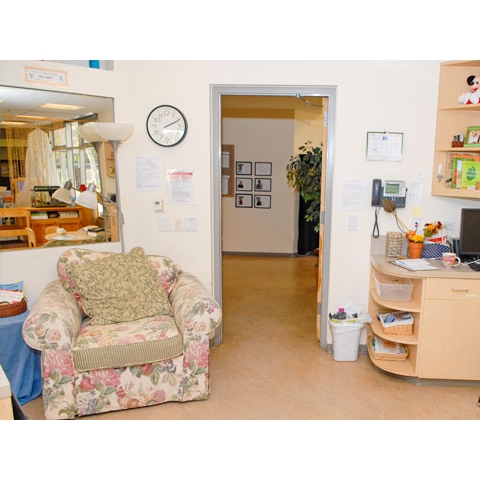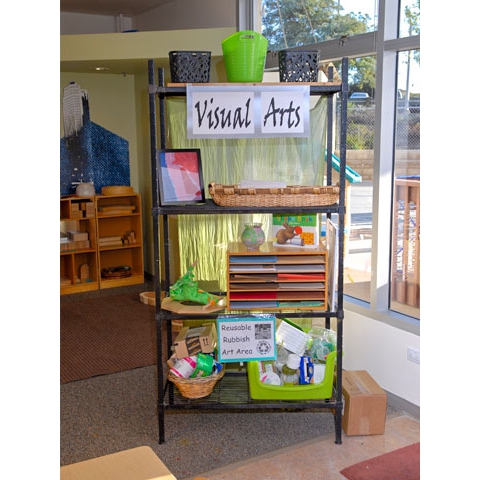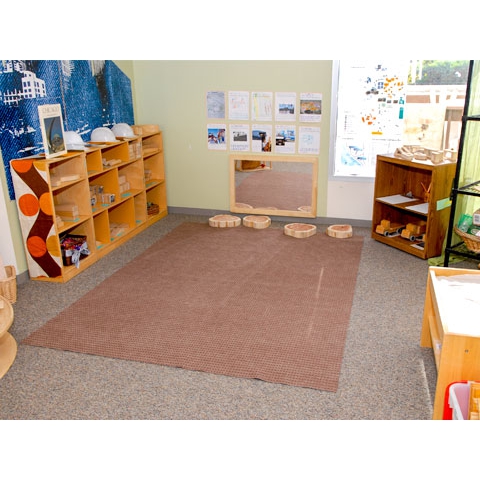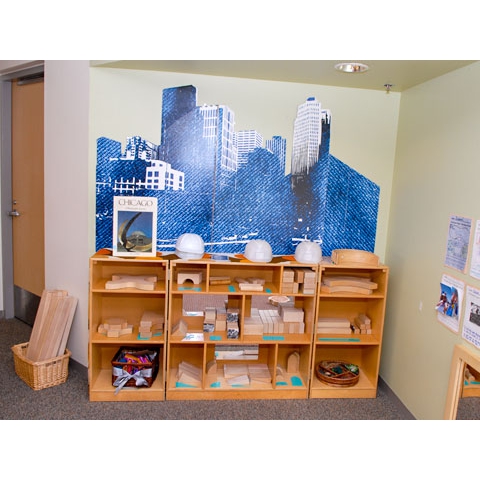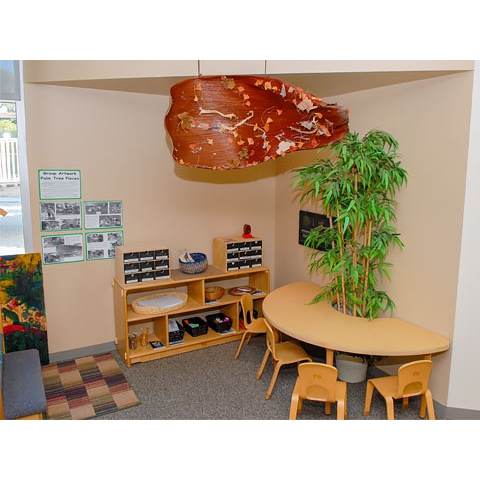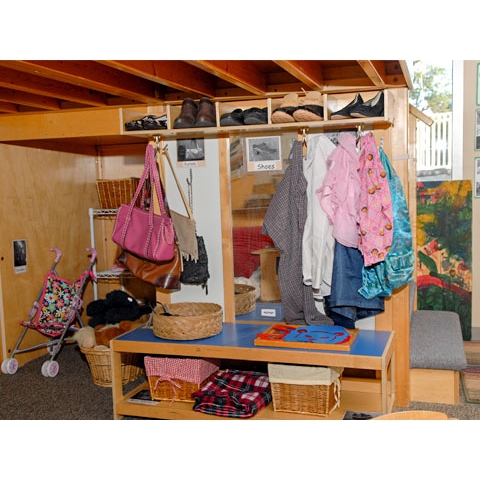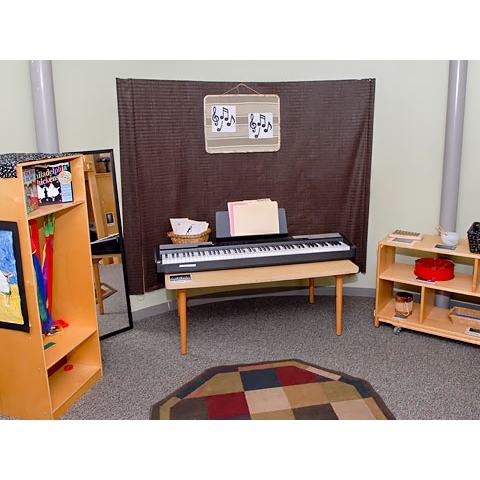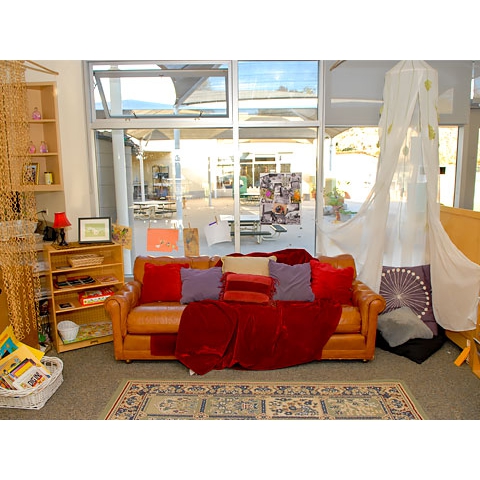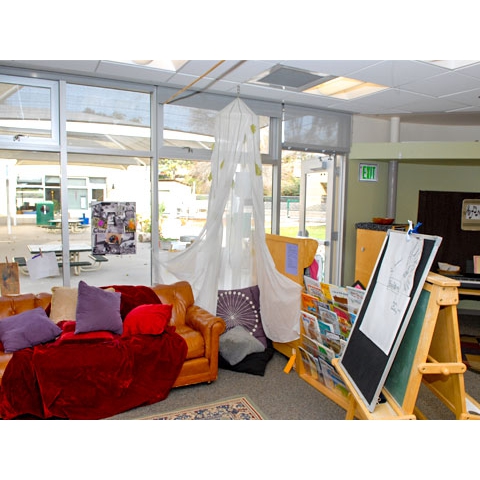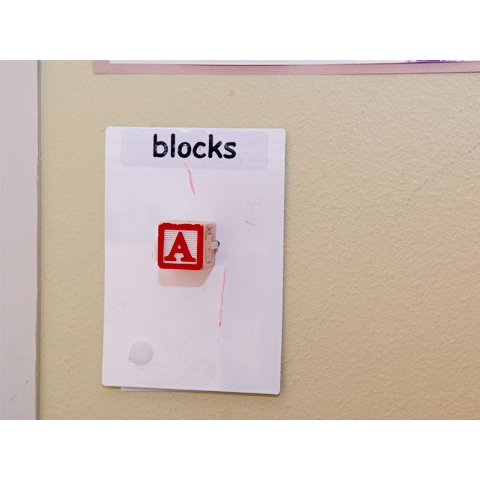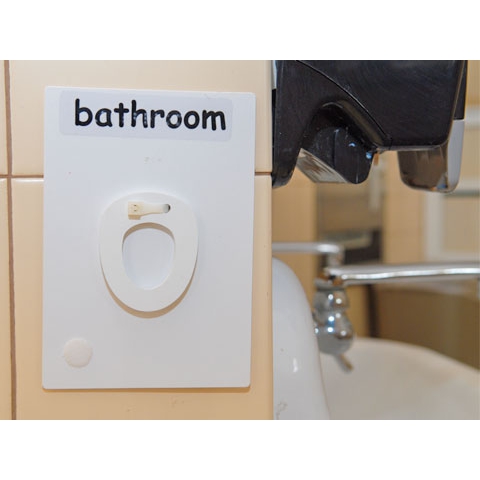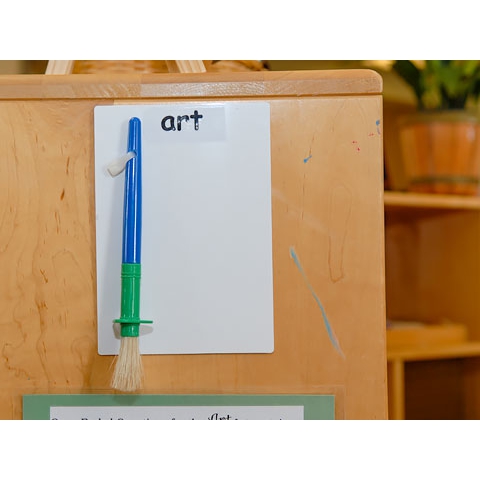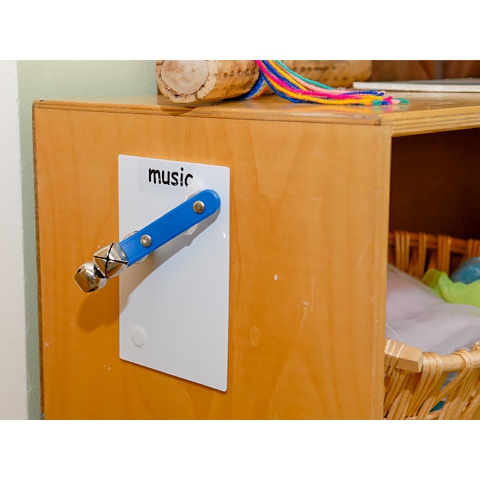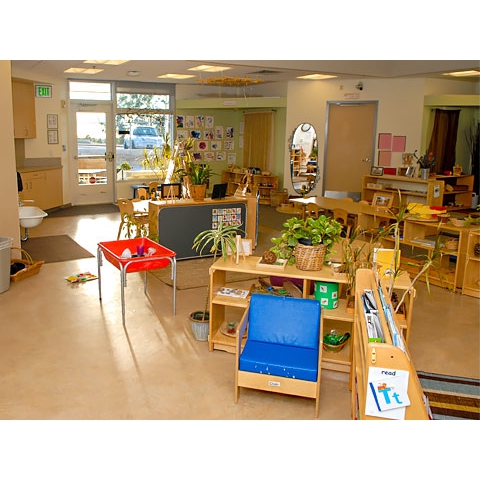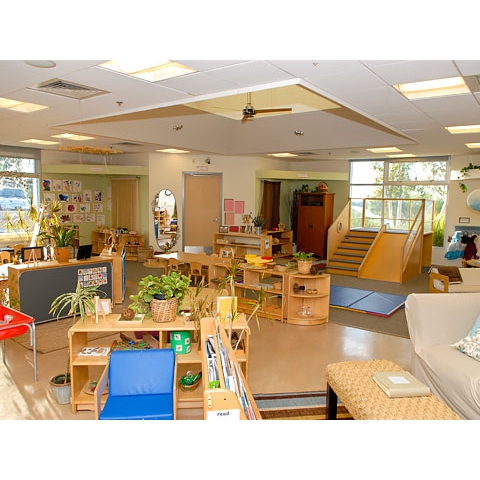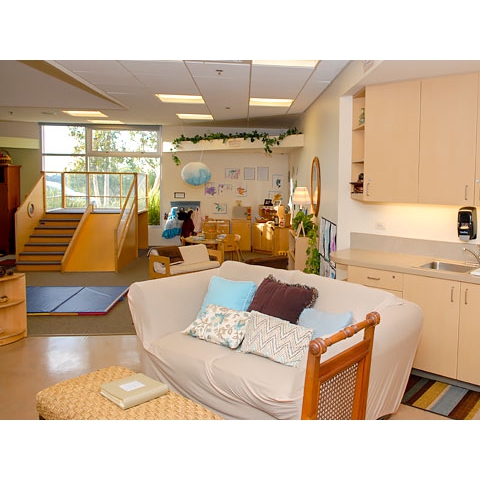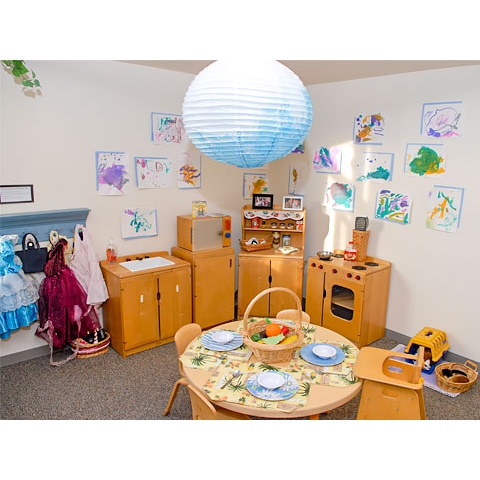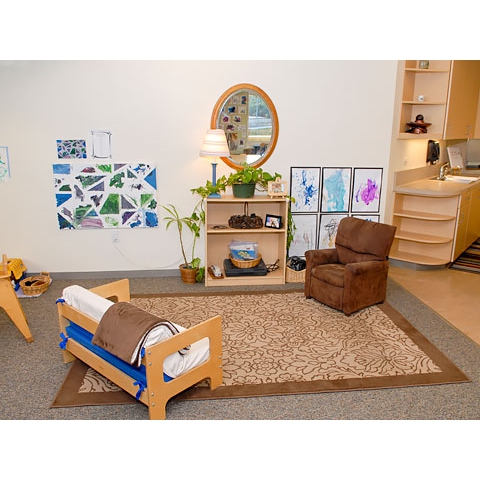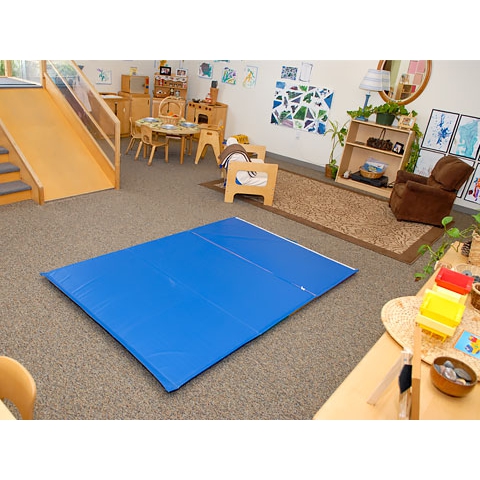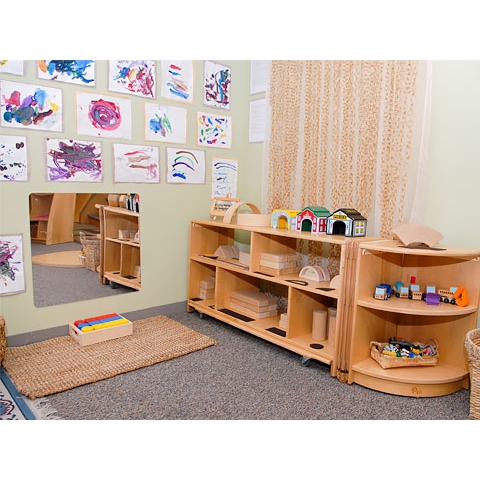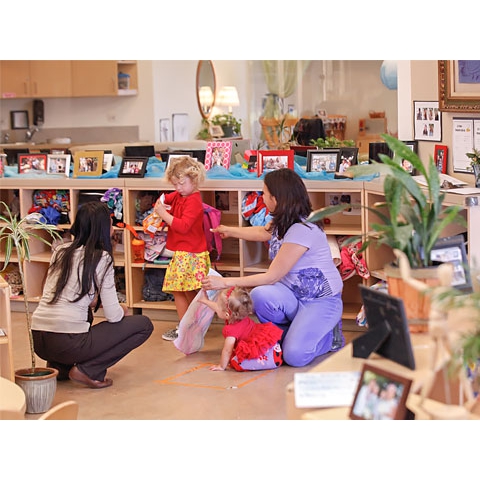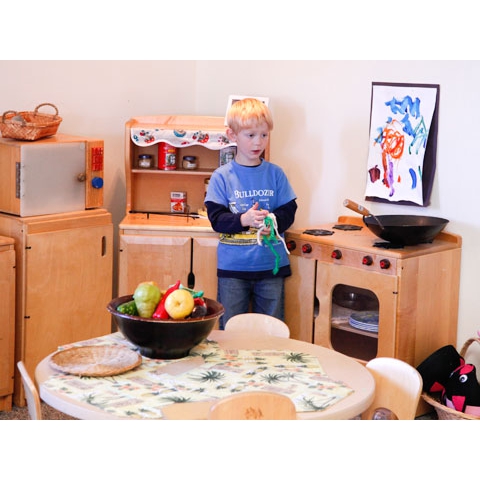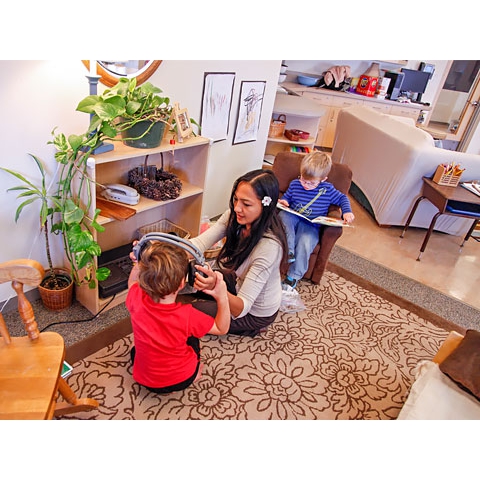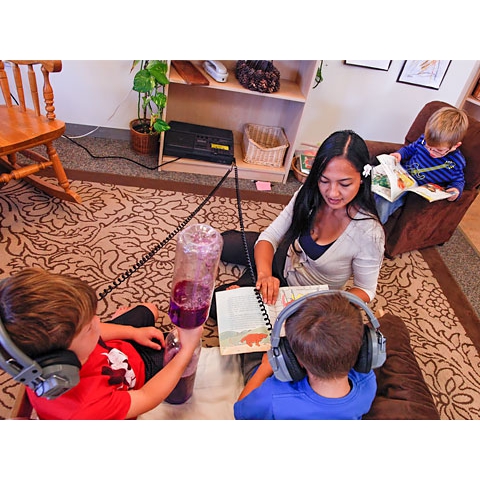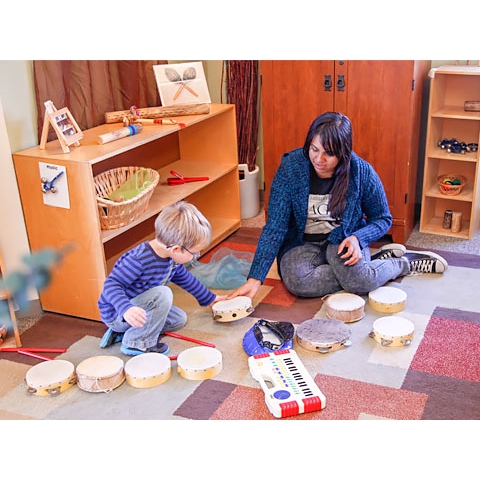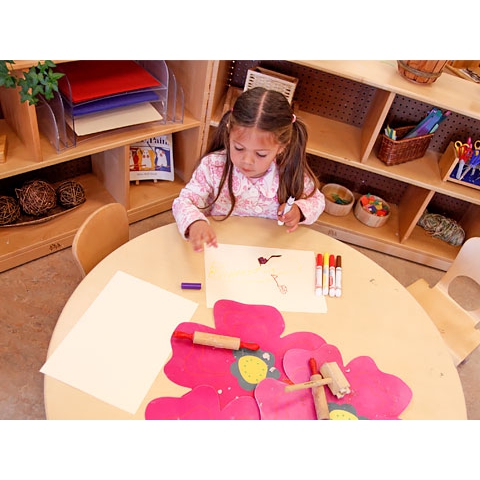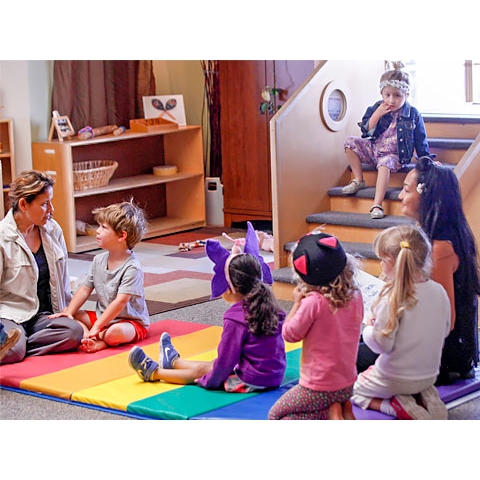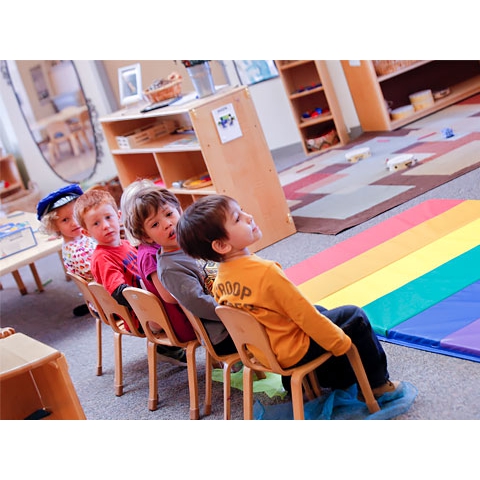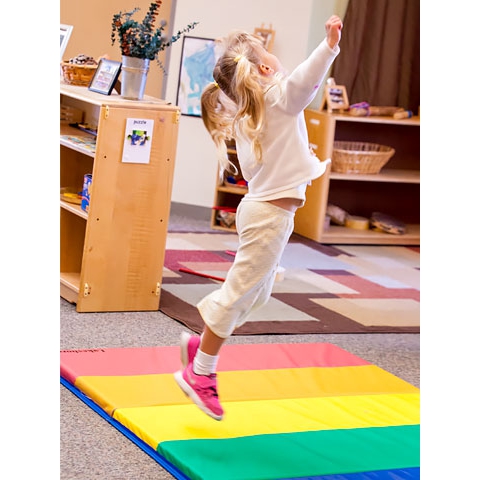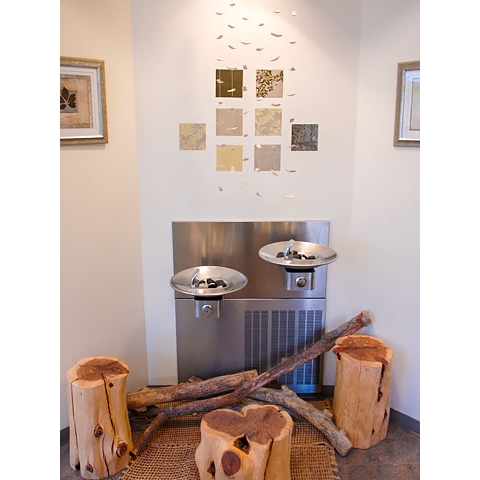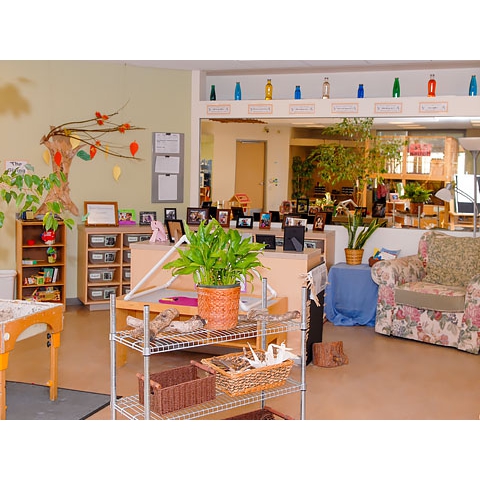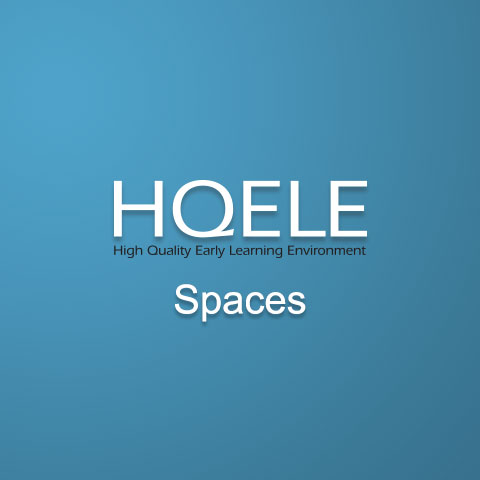HQELE Key Element: Spaces
Spaces: Interest Centers that include places for individual and group activities that incorporate variety and complexity, both indoors and outdoors.
Our classrooms are designed with a variety of interest centers that provide children with opportunities to make decisions, explore materials, engage in investigations and activities and offer a clear range of choices in support of the development of the whole child. These centers provide for a range of curriculum content (including language and literacy, science and math, blocks and dramatic play, art and creative expression, music and movement, and water and sensory experiences). Interest areas help “channel” and focus children's attention and decision-making while supporting individual interests and collective efforts.
Choice is intentionally built within classroom daily routines, allowing children the requisite time to work within and across a variety of interest areas in the classroom. Teachers use well-defined spaces within their classroom to intentionally provoke interest and extend learning. Although outdoor learning is very important in stimulating learning through natural playscapes, hills, gardens, etc. and is referenced within resources throughout the site, the focus of this tool is on the indoor learning environment.
The hot spots represented on the panoramic tour represent a sample of this particular Key Element. Explore the Video Clips in this section to learn more.
Slideshow*
Videos
- Spaces Overview
Teachers discuss the intention behind well-defined spaces and interest centers - Teacher Insight
Teachers describe classroom spaces/interest centers in the learning environment - Where Do I Begin?
Articles/Publications
- Room Environment Planning and Related DRDP Measures
 (90k PDF)
(90k PDF) - How Design of the Physical Environment Impacts Early Learning: Educators' and Parents' Perspectives — Australasian Journal of Early Childhood
Berris, Rebecca & Miller, Evonne (172k PDF)
(172k PDF) - Inspiring Spaces for Young Children
By Jessica DeViney et al.
- Designs for Living and Learning: Transforming Early Childhood Environments
By Deb Curtis & Margie Carter - Cultivating Outdoor Classrooms: Designing and Implementing Child-Centered Learning Environments
by Eric Nelson - Rethinking Early Childhood Environments to Enhance Learning
By Curtis, Deb; Carter, Margie (YC: Young Children Academic Journal) - Create the Perfect Play Space — Learning Environments for Young Children
 (782k PDF)
(782k PDF)
This Australian publication provides low cost ideas and suggestions to make environments more engaging and considers how the environment and everything in it can best support children’s learning and development. It provokes thought about creatively and achievably using existing space, materials and resources to provide quality inclusive play opportunities and learning experiences for children in education settings.
Websites
- Early Childhood Environments: Designing Effective Classrooms
This Module, a DEC-recommended resource, offers information on how to set up effective inclusive early childhood classroom environments for young children. It also provides details about the interrelated physical, social, and temporal components of those environments, as well as adaptations to help teachers meet the needs of children with disabilities. - Classroom Aesthetics and Set-up
- Accessibility In Your Environment
Many strategies and elements included throughout this site are applicable to all students and their families. Additional information/resources related to students with disabilities and family engagement can be found within the HQELE Online Tool Overview and MiraCosta Child Development Center Overview (Download/Reference Sections).
*These slideshow images are being used with explicit permission from MiraCosta College and their families for the sole purpose of the HQELE professional development online tool. All images remain the property of the California Department of Education, Special Education Division, SEEDS Project, A Special Project of the Sacramento County Office of Education and may not be published, exhibited, broadcast, posted on the Internet, sold, traded, shared, or used in any way not specified without the written permission of CDE- SEEDS Project.

